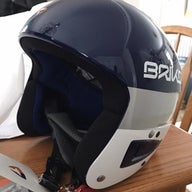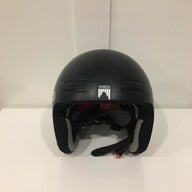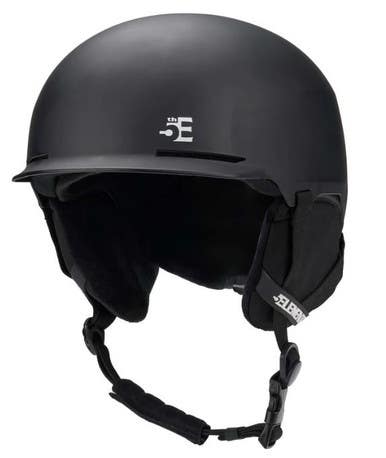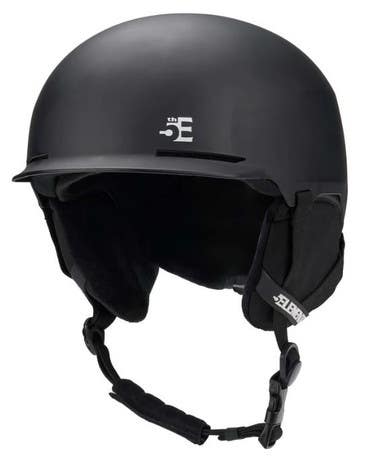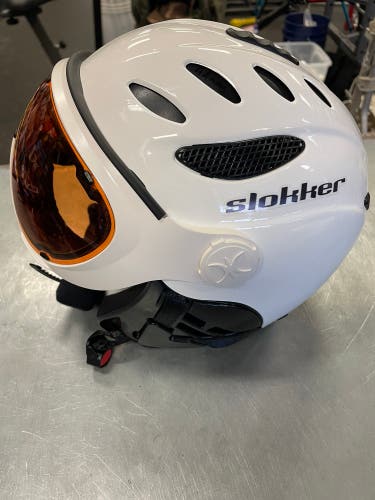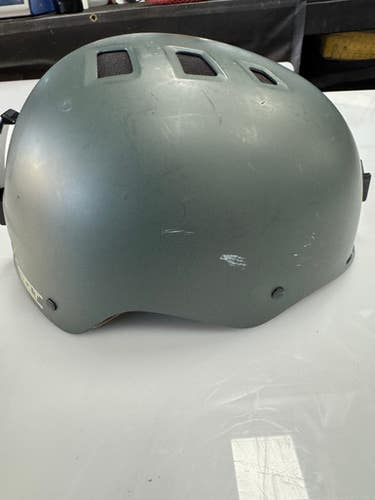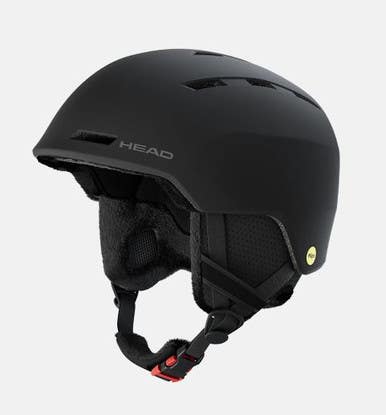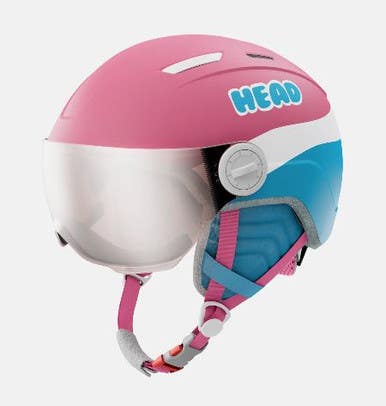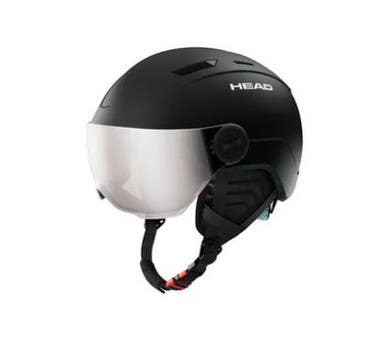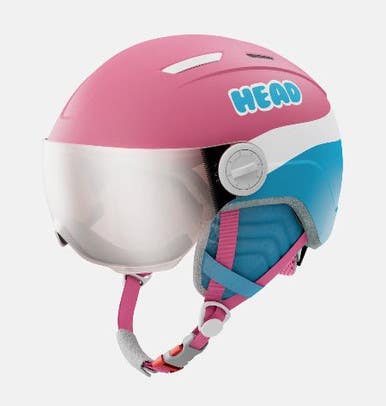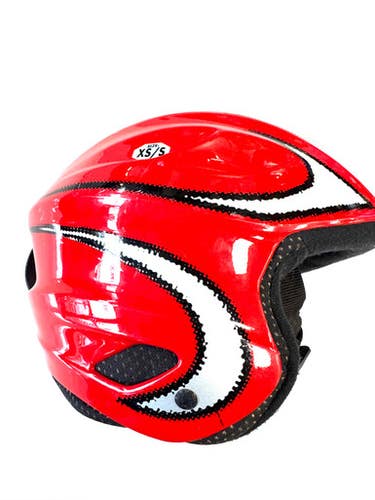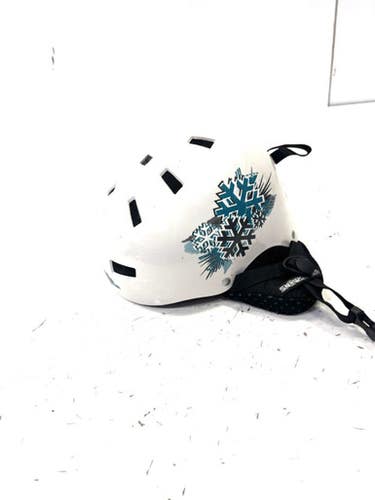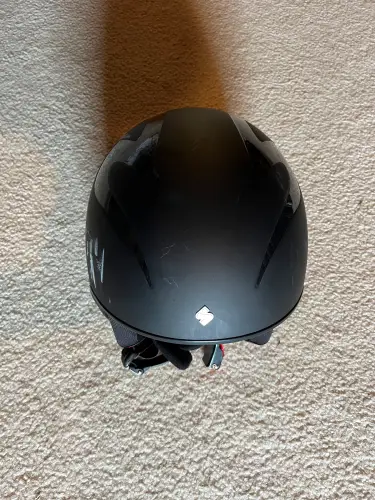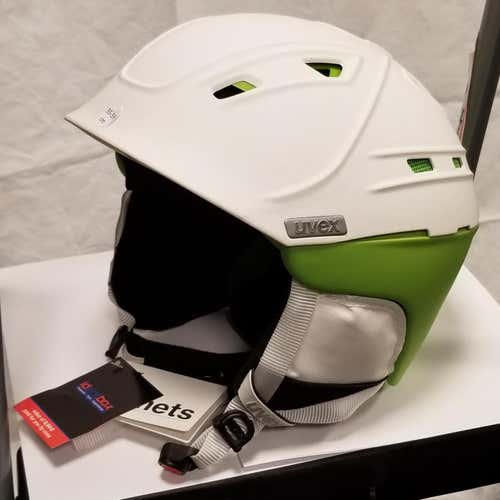Ski Helmet Sizing Guide
To ensure you get the correct size helmet, measure your head with a tape measure just above your eyebrows. Compare your head’s circumference to a sizing chart from the helmet manufacturer you wish to buy.
When you try a helmet on, the fit should be secure, and the helmet should not move when you shake your head vigorously. Most helmets come with an adjustable fit system to help you create the perfect fit. Another thing to consider is what “type” of helmet best suits your needs. For example, an in-mold helmet is lightweight and absorbs shock. A hard-shell ABS (Acrylonitrile Butadiene Styrene) helmet is super durable (and budget-friendly).
Lastly, a soft-shell helmet is not quite as industrial as a hard-shell option and is designed to withstand only mild to moderate impacts.
